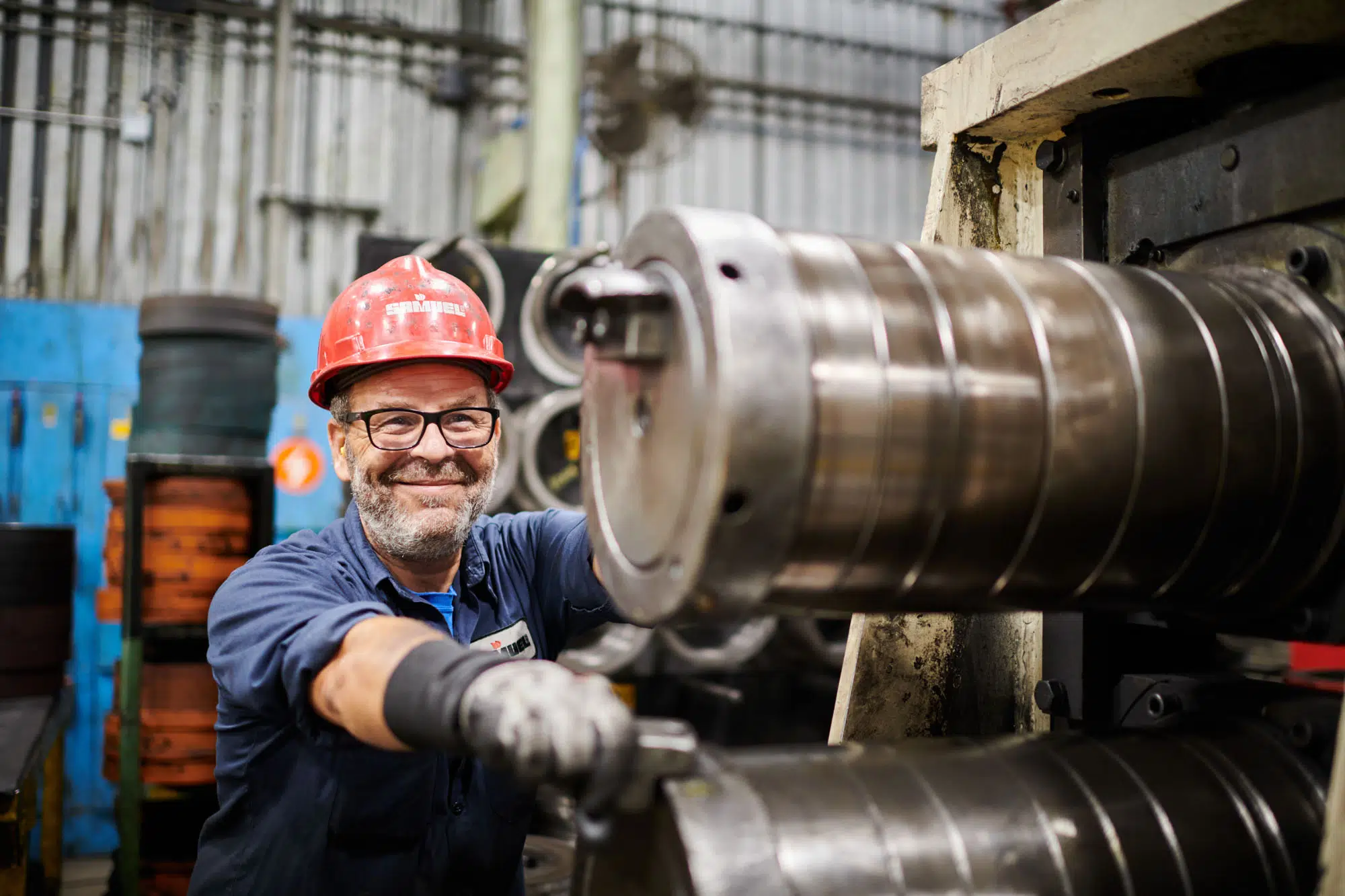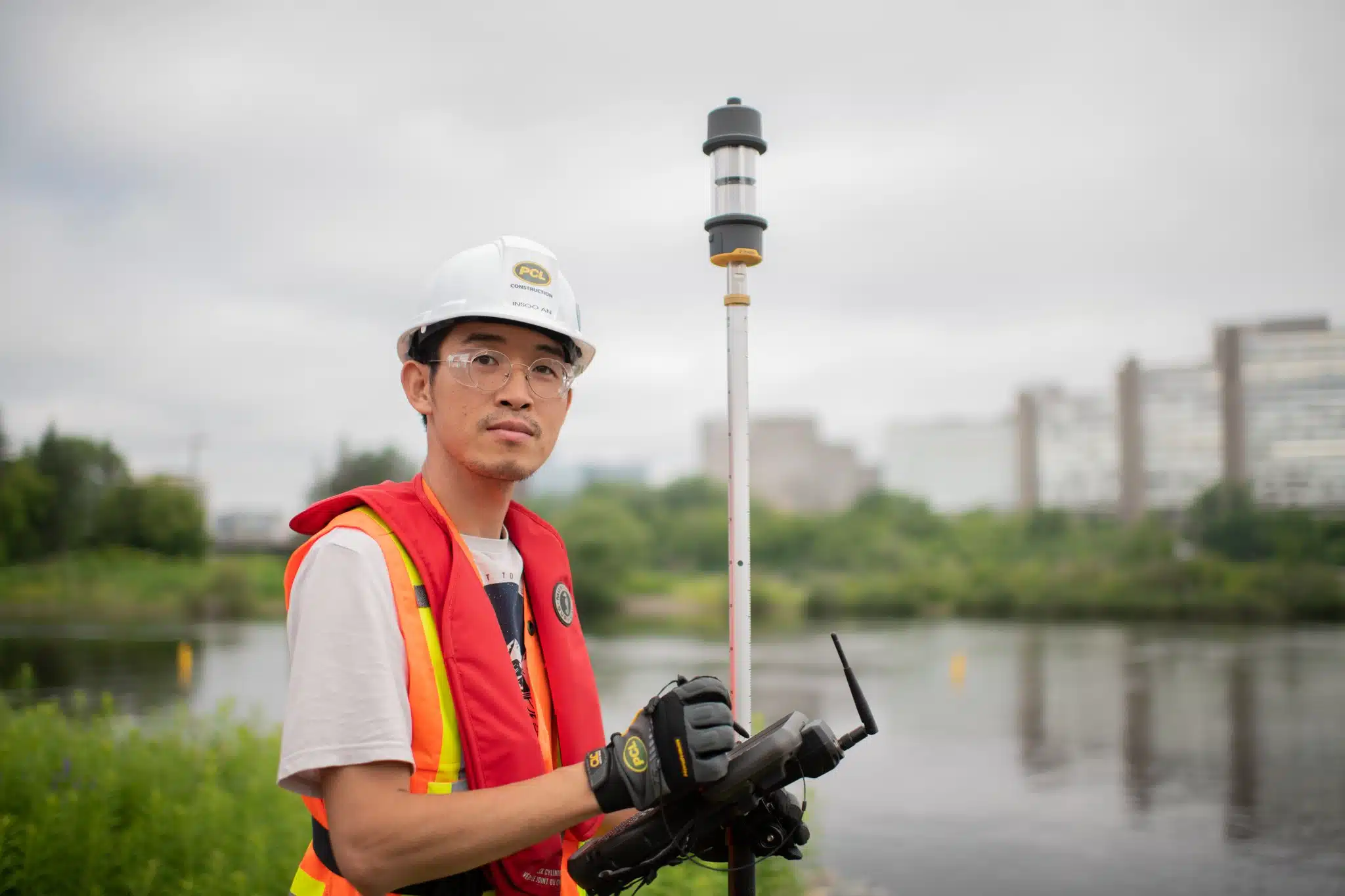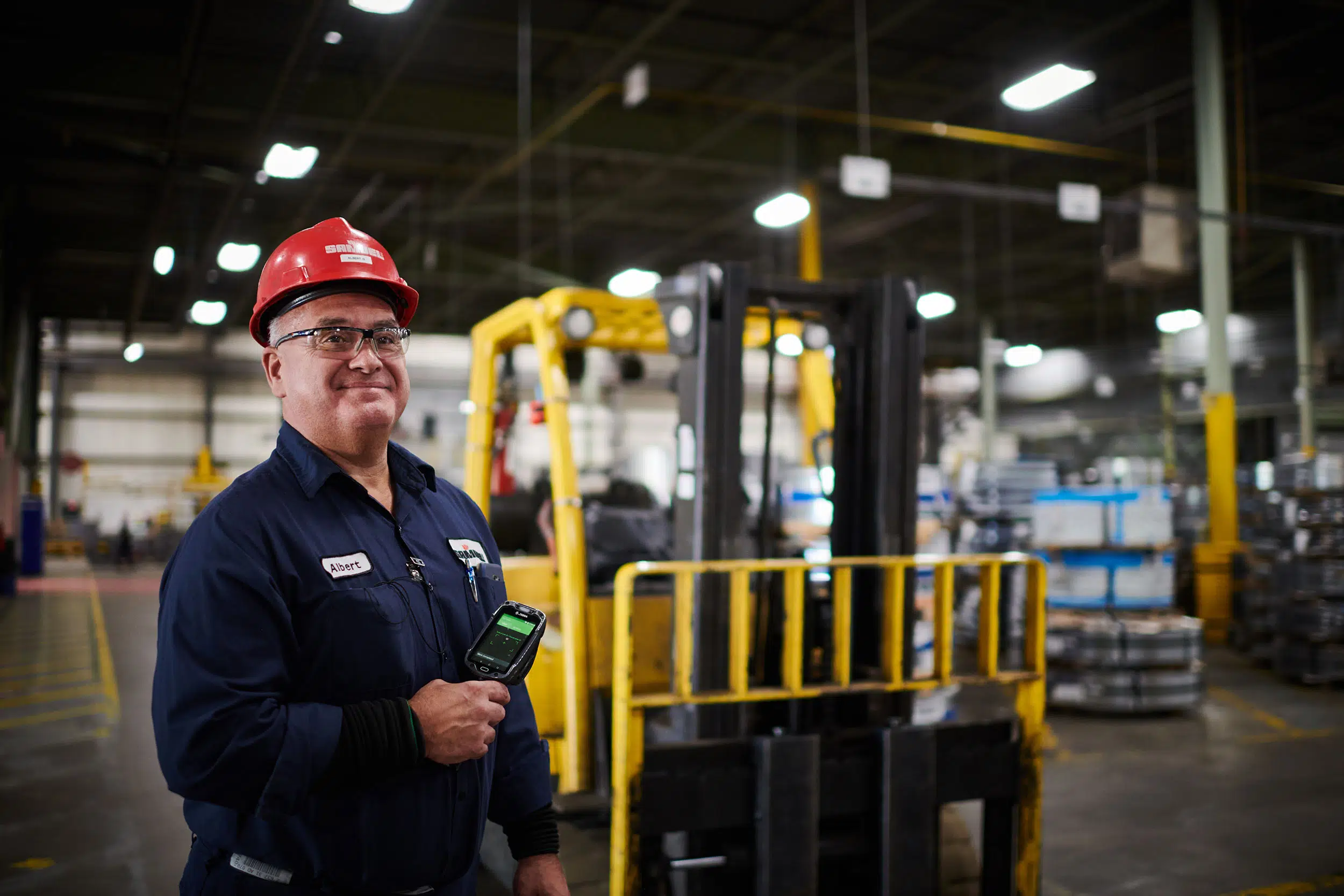So often, we see employee headshots, group photos of workers, or even candid snapshots of staff in the workplace on business websites. This has become an excellent, engaging way to create an emotional connection with customers, and it helps a business and brand to tell their story and add a feeling of authenticity to their marketing. By using employee photographs, a business goes from being an anonymous, faceless entity to one with a personality, an identity, and a face—or several.
However, when using employee photographs, obtaining consent from everyone in a shot is always important. It’s also imperative to ensure that they know and understand how and where the photographs will be used and what their participation means.
Taking ethical photographs of employees requires the photographer (and the business) to deeply consider the employee’s circumstances and whether a photograph could cause them any harm. This harm could be emotional, psychological, or cultural, or it may negatively impact the subject politically, economically, or even physically.
So, to better understand how to act respectfully and responsibly and ensure every employee’s photograph is ethically taken, let’s dig deeper.
Why is Ethics an Important Consideration in Business Photography?
When shooting employee photographs, it’s essential to bear ethical considerations in mind for the following reasons:
- Your subjects have the right to feel safe and comfortable.
- People’s privacy deserves respect.
- Cultural differences and sensitivities require recognition.
- Religious rights need consideration.
- Socio-economic harm must be avoided.
Therefore, it’s essential that photographers act ethically and in the best interests of their subjects.

Ethical Considerations to Consider When Photographing Employees
These tips can ensure employees are photographed ethically:
Get Informed Consent
The notion of consent in its simplest form is still not that simple. It’s about more than just yes or no at the best of times, and it’s no different in the world of photography.
In the context of photographing an employee, this means getting the subject’s permission before taking their photo. But, as we’ve alluded to, consent isn’t always as simple or straightforward as saying yes or no. We need to take into account whether or not the subject has a full understanding of what they’re consenting to. Furthermore, consent is only legitimate if it’s not coerced, nor can it involve manipulation.
The notion of informed consent is vital because it means that employees need to be asked more than just whether or not they’re happy with getting photographed.
The purpose of the photographs, how they’re going to get used, and any potential implications that there may be as a result of taking the photographs need to be clearly explained. Put simply; employees must completely understand what they’re getting involved in before the process begins.
While there are no specific federal regulations that prohibit the use of employee photographs for business purposes, there are many states that have restrictions on the use of people’s images, likenesses or other identifying factors for commercial purposes, unless the person has given prior consent. When the question of photographs for biometrics arises, employees must give express consent for this purpose, and the images should only get used in this manner.
Respect Employees’ Dignity
Respecting a subject’s dignity is always important. Still, when dealing with an employee, the threshold for embarrassment may be different to that of a stranger or a friend because you’re in a professional environment.
Ultimately, respecting their dignity means avoiding taking any photographs or putting them in a position that may embarrass, humiliate, or ridicule them.
It’s both the employer and photographer’s responsibility to consider beforehand if there are any potentially sensitive elements—whether they’re personal, cultural, or religious. Considering whether or not employees wish to be represented in a specific way for a specific purpose is crucial to maintaining their dignity.
Prioritize Privacy and Confidentiality
Employees generally consent to getting photographed in a specific set of circumstances. Thus, it’s crucial to ensure that photos get taken in appropriate settings and capture only the content agreed upon.
Capturing personal information unrelated to the task at hand or wasn’t consented to can cause major problems for employees and could even put them at risk. For example, capturing employees’ faces who have asked only to get photographed from behind could put them at risk with religious figures, family, or even partners if they’re engaging in work that may not align with their cultural, religious, or familial beliefs.
Employees who ask for specific privacy or confidentiality when photographed must be respected, without them having to provide a reason. Not everyone wants to be part of a corporate marketing campaign or a public face of a company, and this request deserves respect.
Communicate and Adhere to the Context and Purpose of the Photos
When employees give consent to take their photo, they agree to a very specific set of circumstances. They are trusting the photographer and their employee to hold up their end of the agreement–ensuring that the photos are only used for their initially intended purpose and aren’t misrepresented.
Once photos are taken, employees become vulnerable, and if the images are not used as intended, they could put them at risk or lead to harm.
Value Equality and Avoid Discrimination
When photographing employees, whether for a marketing campaign, a business website, as a shout-out for a job well done, or for any other purpose, subjects should always get chosen without discrimination. Adhering to principles of equality and avoiding discrimination ought to be commonplace, but it isn’t always.
Don’t allow sexuality, gender, or race to play a part in selecting subjects. Allow everybody an equal opportunity to take part wherever possible. If a client requests to include specific employees that fall into certain demographics, this shouldn’t become an obvious prejudice. Sensitivity when photographing people is always essential, especially in the workplace, where respect for diversity and inclusion is so important.
Ethics Always Come First
In today’s visually driven world, employee photographs are often used on all kinds of platforms to give a brand or business a face and to form a more personal connection. However, that doesn’t automatically mean that the people in the photographs were photographed willingly or that the images didn’t encroach on their personal, religious, or cultural beliefs.
Therefore, photographing employees in an ethical, respectful, and responsible manner should always be a consideration, no matter what industry or sector they work in, or what role they fill.
If a subject is uncomfortable in a shoot, determining the reasons why without invading their privacy or confidentiality can mean the difference between an ethical and an unethical photograph.








Conclusion
We hope this guide has given you greater insight into why employee photographs are such a valuable marketing tool and why they should always be taken ethically. Businesses that make it their responsibility to ensure employees give consent for the use of their images will have a happier workforce that feels respected and valued, ensuring everyone benefits.








0 Comments